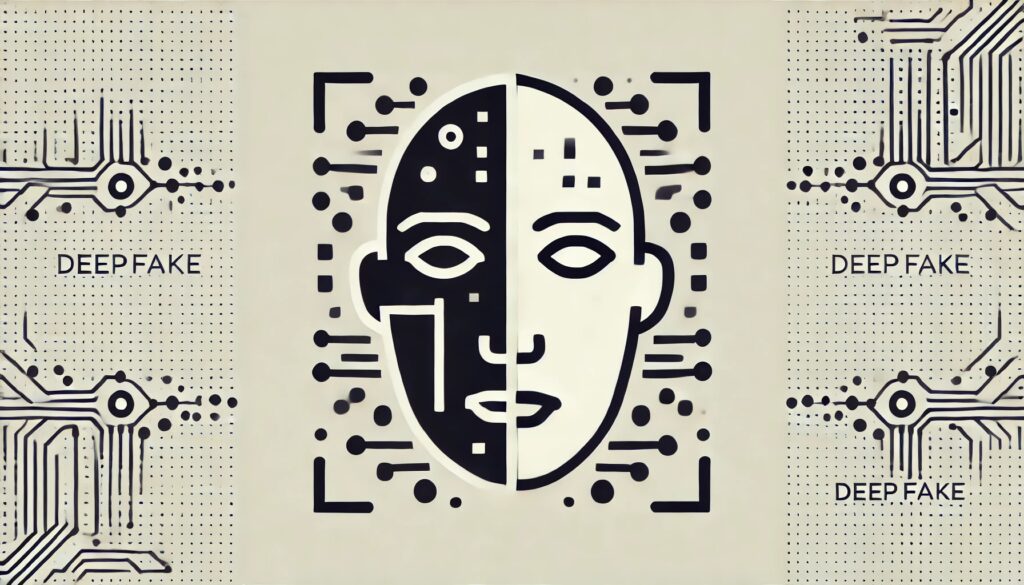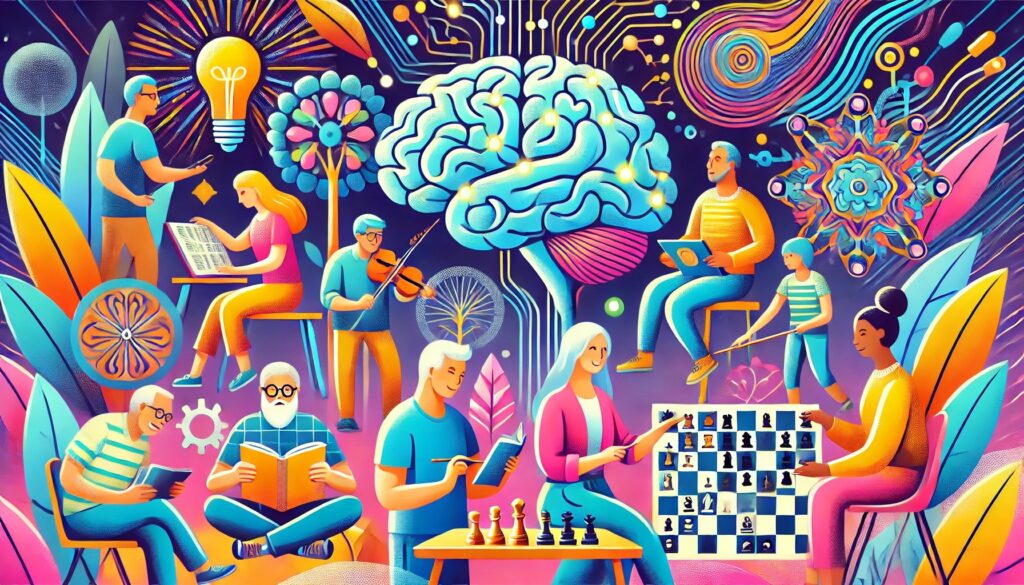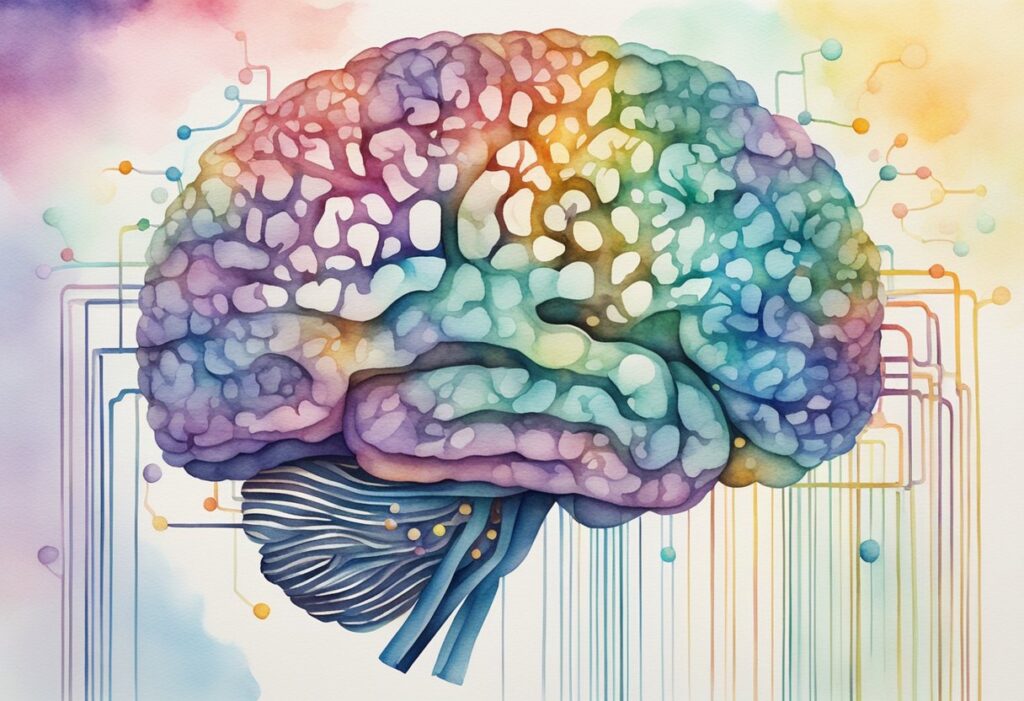
BrainBridge is a concept that pushes the boundaries of what’s imaginable in the realms of robotics, artificial intelligence (AI), and medical science. The idea of a machine capable of transplanting a human head onto a different body delves into uncharted territories, raising both fascination and ethical concerns. This blog post explores what such a system might entail, the challenges it faces, and the profound implications it carries.
Core Components of BrainBridge
Advanced Robotics
At the heart of BrainBridge would be a network of ultra-precise robotic arms, engineered to perform incredibly complex surgical procedures with unprecedented accuracy. These robots would operate with micrometer precision, ensuring that the delicate process of connecting nerves, blood vessels, and tissues is executed flawlessly. The ability of these robotic systems to perform tasks that go beyond human dexterity would be essential to the success of such a radical procedure.
Artificial Intelligence (AI)
AI would play a pivotal role in the functioning of BrainBridge, with its contributions spanning multiple stages of the process:
- Surgical Planning: AI algorithms could simulate every step of the transplant in a virtual environment, optimizing the procedure to minimize risks. By mapping out vascular and neural connections, AI could foresee potential complications and devise strategies to mitigate them.
- Real-Time Assistance: During surgery, AI could provide real-time data analysis, helping surgeons make split-second decisions. This includes adjustments based on live feedback from the robotic systems, ensuring that every action taken is aligned with the optimal surgical plan.
- Post-Operative Monitoring: Post-surgery, AI could continue to monitor the patient’s condition, tracking vital signs and neurological functions to ensure that the transplanted head is integrating successfully with the new body. Any anomalies could be detected early, allowing for swift intervention.

Cryogenics and Preservation Technology
To facilitate such an intricate transplant, BrainBridge would likely rely on advanced cryopreservation techniques. This technology would preserve the viability of both the head and the recipient body throughout the procedure, preventing cellular degradation during the lengthy surgery. Cryogenics would play a crucial role in ensuring the success of this ambitious procedure.
Biocompatible Materials and Tissue Engineering
The use of bioengineered tissues and biocompatible materials would be another key aspect of BrainBridge. These materials could be used to bridge any gaps between the head and the body, supporting the integration process. For instance, synthetic nerve conduits or vascular grafts might be necessary to ensure functional connectivity between the head and the body.
Ethical and Psychological Considerations
Identity and Consciousness
One of the most profound questions surrounding BrainBridge is how the mind would adapt to a new body. Would the individual retain their sense of self, or would the transplant fundamentally alter their identity and consciousness? The psychological ramifications of such a procedure are complex and largely unexplored, raising questions that go beyond the scope of traditional medicine.
Consent and Autonomy
Given the unprecedented nature of head transplantation, ensuring that patients fully understand and consent to the procedure would be a significant challenge. The risks and unknowns are immense, making informed consent a complicated issue. It would be crucial to ensure that patients (or their legal guardians) are aware of the potential consequences and ethical dilemmas involved.
Societal Impacts
The introduction of BrainBridge technology could have far-reaching societal implications. It could challenge our understanding of life and death, spark debates over life extension, and raise questions about who has access to such procedures. The potential for such technology to exacerbate social inequalities is a concern that would need to be addressed.
Challenges and Feasibility
Technological Limitations
Despite the advancements in robotics and AI, the precision required for a successful head transplant is beyond our current capabilities. Maintaining the integrity of the brain during transplantation and ensuring that the nervous system can fully integrate with a new body are formidable challenges. These technological hurdles may take decades or more to overcome.
Medical Risks
The medical risks associated with head transplantation are staggering. The possibility of immune rejection, failure to restore neurological functions, and complications from reconnecting vascular and spinal cord systems present enormous obstacles. These risks make the feasibility of such a procedure highly speculative at this point.
Ethical Approval and Regulation
Obtaining ethical approval for human trials of such a groundbreaking procedure would be extremely difficult. The medical, religious, and bioethical communities would likely offer significant opposition. Moreover, the regulatory landscape would need to evolve to address the unique challenges posed by head transplantation.
Potential Applications
Treatment of Severe Body Damage
In theory, BrainBridge could provide a solution for individuals with irreparably damaged bodies but intact brains. Victims of traumatic injuries, certain cancers, or degenerative diseases could potentially benefit from this technology, offering a new lease on life.
Life Extension
BrainBridge could also be seen as a potential avenue for extending life, allowing individuals to transplant their heads onto younger, healthier bodies. While this concept raises numerous ethical questions, it could become a reality in a future where life extension technologies are in high demand.
Exploration of Consciousness
Beyond its medical applications, BrainBridge could serve as a tool for exploring the boundaries of consciousness and the mind-body connection. Researchers could use the technology to gain new insights into how identity and consciousness are linked to our physical form.
Related FAQs
What is BrainBridge’s vision for head transplantation?
BrainBridge aims to revolutionize medicine by making head transplantation a viable surgical option, potentially saving lives and advancing medical science.
How does head transplantation work?
Head transplantation involves attaching a donor’s head to a recipient’s body, requiring advanced surgical techniques to reconnect the spinal cord, blood vessels, and nerves.
What are the potential benefits of head transplantation?
Head transplantation could provide a solution for patients with severe spinal injuries, degenerative diseases, or other conditions that are currently untreatable by conventional means.
What are the ethical considerations surrounding head transplantation?
The ethical concerns include identity issues, the risk of rejection, psychological impacts, and the moral implications of such an invasive procedure.
How close is BrainBridge to making head transplantation a reality?
While still in the experimental stage, BrainBridge is conducting research and developing technology that could one day make head transplantation a feasible medical procedure.
What challenges does head transplantation face?
Challenges include ensuring the successful reconnection of the spinal cord, managing immune response, and addressing the complex ethical and psychological issues involved.
Who is leading the research in head transplantation?
BrainBridge is at the forefront of this research, collaborating with neurosurgeons, bioengineers, and ethicists to explore the possibilities and challenges of head transplantation.
How does AI contribute to BrainBridge’s head transplantation research?
AI plays a crucial role in BrainBridge’s research by aiding in the simulation of surgical procedures, improving precision, and enhancing post-operative care.
What are the risks associated with head transplantation?
Risks include the potential for immune rejection, loss of neurological function, complications during surgery, and the psychological impact on the patient.
How could head transplantation impact the future of medicine?
If successful, head transplantation could open new possibilities in organ transplantation, significantly advancing the field of neurosurgery and offering new hope for patients with severe conditions.
Conclusion
The concept of BrainBridge, a machine capable of transplanting human heads, represents the pinnacle of speculative medical science. While the idea is still firmly in the realm of science fiction, the components—advanced robotics, AI, cryogenics, and tissue engineering—are already being developed. However, the ethical and psychological implications, along with the significant technological and medical challenges, mean that such a procedure may remain speculative for the foreseeable future. The societal impacts and potential applications, however, make it a fascinating area of exploration for those interested in the future of medicine, technology, and human identity.
For further reading on this topic and related innovations, explore the resources at the end of this article.
First Human Head Transplantation: Surgically Challenging





